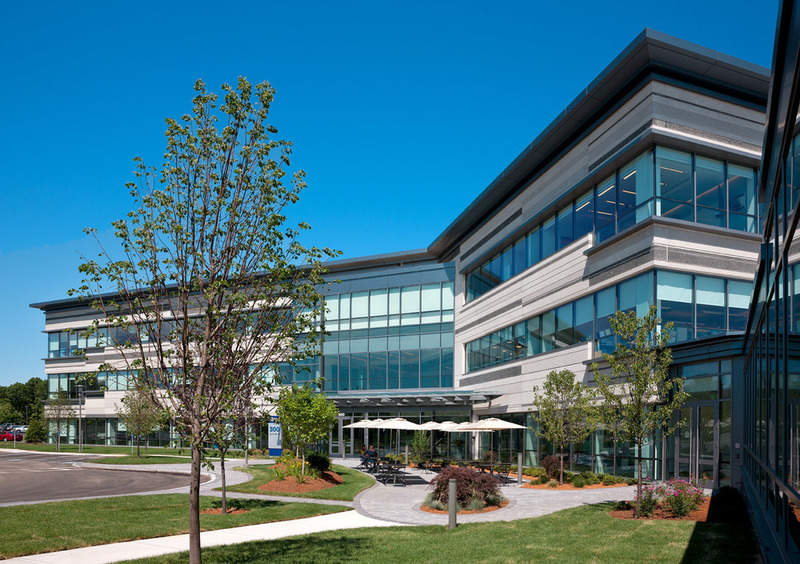
Boston Scientific is set to expand its portfolio of minimally-invasive surgical devices, having acquired British minimally invasive device manufacturer BTG for $4.2bn.
This represents Boston Scientific’s second-largest acquisition ever after its $26bn purchase of Guidant in 2006.

Discover B2B Marketing That Performs
Combine business intelligence and editorial excellence to reach engaged professionals across 36 leading media platforms.
Alongside its minimally invasive vascular device portfolio – which focuses on the treatment of pulmonary embolism, deep vein thrombosis, superficial venous disease and deep venous obstruction – BTG boasts a speciality pharmaceutical and licensing wing of interventional oncology therapeutics for patients with liver and kidney cancers.
BTG also have a portfolio of antidote pharmaceuticals to treat overexposure to certain medications and toxins.
GlobalData director of therapy and research analysis Andrew Thompson says: “In 2018, BTG’s Interventional Medicine business, generated $250m in revenue, growing 12.3% per year. The Pharmaceutical business accounted for $181m in revenue. Significantly, BTG received $197m in revenue from Johnson and Johnson, for licensing technologies related to Zytiga, which is used to treat metastatic castration-resistant prostate cancer, and Two-Part Hip Cup, a prosthetic hip joint replacement.”
The two companies signed the agreement for the acquisition in November 2018, with Boston Scientific expecting the deal to support its strategy for patient care.

US Tariffs are shifting - will you react or anticipate?
Don’t let policy changes catch you off guard. Stay proactive with real-time data and expert analysis.
By GlobalDataBTG is now a wholly owned subsidiary of Boston Scientific, and its shares no longer trade on the London Stock Exchange.
The Boston Scientific takeover valued common shares of BTG at 840p in cash per share. This is a 36.6% premium on BTG’s closing price before the November 2018 announcement, and a 51% premium over the stock’s 90-day volume-weighted average price.
BTG was set up in 1948 as part of the state-owned National Research Development Corporation to help private companies make money from publicly funded research, turning its focus to interventional medicine following its privatisation in 1992.
BTG CEO Dame Louise Makin made £18m from the sale, having run BTG for 14 years as a listed company.
What does the acquisition mean for Boston Scientific?
The BTG acquisition fits Boston Scientific’s pattern in recent years of making discrete investments in smaller companies that make products it can sell around the world, often in areas where it already has a presence like BTG’s cardiovascular devices.
The acquisition is expected to add between 4-5c of adjusted earnings per share in 2020. The company expects to add extra jobs in its Minnesota office through the deal.
Thompson says: “By acquiring BTG, Boston Scientific can be seen to reduce its exposure to revenue from a single product line. However, a significant portion of BTG’s revenue is cogent on a continuing relationship with Johnson and Johnson, increasing pressure on maintaining the new Interventional Medicine product portfolio to maintain double digit growth in revenue, in order to maintain Boston Scientific’s revenue growth.”
The deal came under close regulatory scrutiny. In order to buy out BTG, Boston Scientific has had to divest itself of its global embolic microspheres line-up, selling the product portfolio to Varian Medical Systems Inc. The company has now announced that it intends to buy Boston Scientific’s Embozene and Oncozene product lines for $90m.
Boston Scientific chairman and chief executive officer Mike Mahoney said: “The addition of the BTG Interventional Medicine portfolio reinforces our category leadership strategy and enables us to offer best-in-class technologies, unparalleled clinical evidence and a strengthened commercial infrastructure to support physicians treating some of the most challenging diseases impacting patient health around the world.
“Leveraging the employee talent and clinical and commercial expertise of these two high-performing organizations will generate continued innovation and access so that we may advance patient care in ways that neither company could do alone.”





